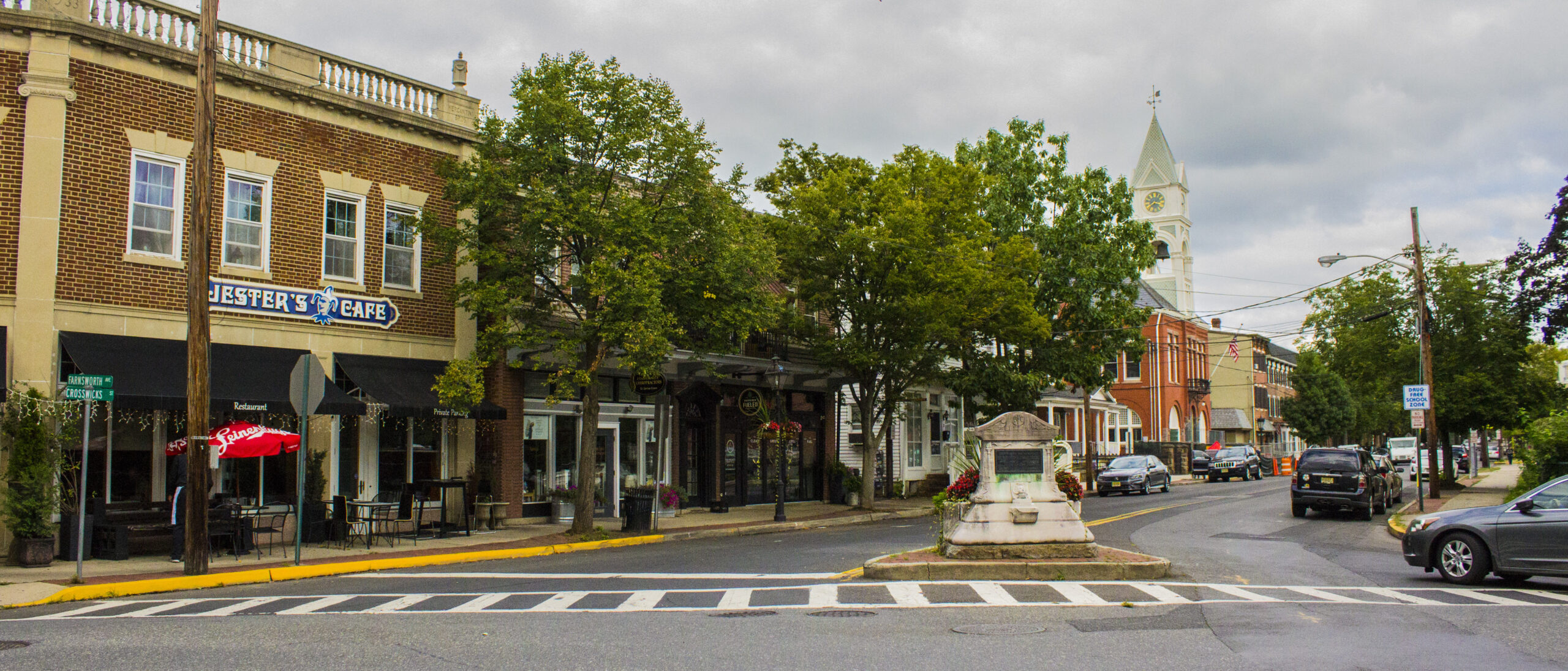As local officials work to address the ongoing potential threat of lead in the water system, Bordentown City commissioner, Joe Myers, recently released a statement to update residents on tests taken from the city’s designated water treatment plant.
According to statement from Myers, the city undertook an extensive sampling of the water source in recent weeks and developed a plan that included several samples taken in timed intervals from the source with over a dozen samples collected.
Myers said that to further ensure the accuracy of the sampling and to eliminate any abnormalities in the testing procedures, one set of samples was submitted to the city’s current lab testing facility and a second set of the same samples was sent to another independent lab testing facility for examination.
“I am happy to report that all samples from both labs came back at lead levels between 0.001 and 0.005 mg/L,” Myers said. “These results were in strict compliance to the standards and limits as set by State authorities and found to be significantly below the action level, with numerous results below the detectable limit; data confirming there is not an issue with the water source.
“As previously stated, this is a serious issue and we still have lots of work to do. We have developed an aggressive plan as well as complete transparency and openness.”
According to Myers’ statement, the municipality has also sampled the homes of almost two hundred residents and is continuously offering free sampling in both the city and township as well as working with homeowners who have encountered a lead exceedance and undertaking additional testing at the water meter located in the home.
“If an exceedance is experienced here, then Bordentown City will work with the homeowner to dig up the water line from the main to the curb, in the street, to determine if there is lead service line present,” Myers added. “It is contemplated that this effort will begin in December and continue over the next few months.”
As officials work to conduct further testing and gather more data, Myers said that he believes the continuous process will help determine if reported lead exceedances can be traced to within homeowners’ fixtures, and where the city can go from there to assist its residents.
“It is our belief that this additional testing will aid in determining the source of the lead in the water and if the problem lies within the internal plumbing of the home or outside the home,” Myers said. “Our goal is to finalize a comprehensive map of our service area, gather more data and identify any areas of consistencies for lead exceedances.”
For any residents with questions or comments on the matter, Myers said he encourages people to reach out to him or the water department for further discussion.

